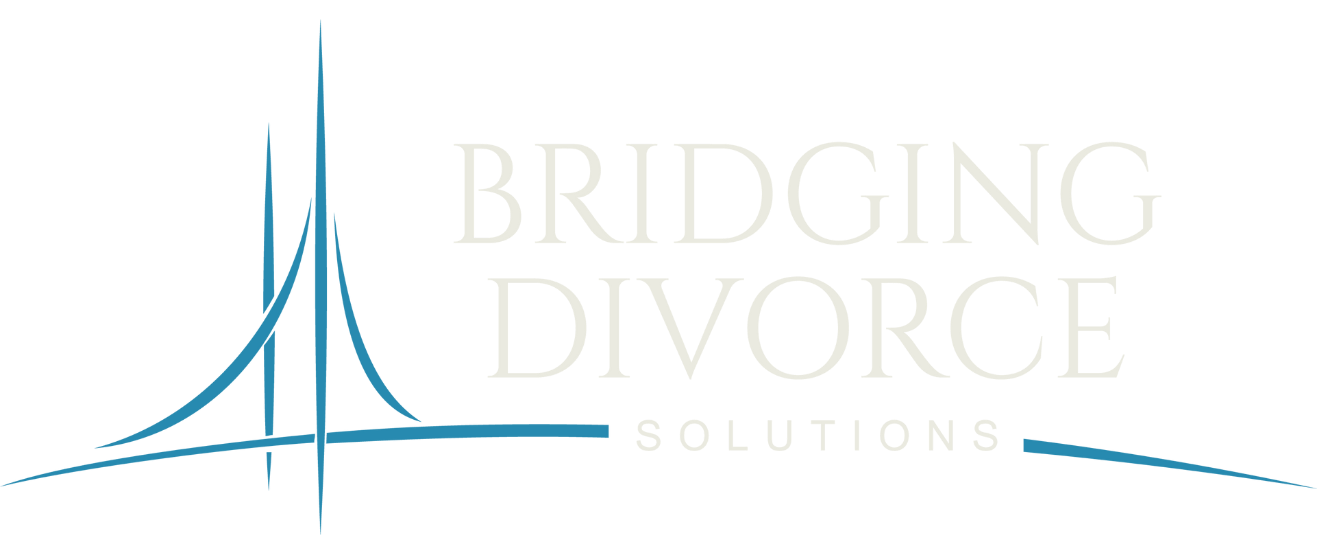One of the most common questions I hear during my first call with someone who wants a divorce or heard it from their spouse is, “where do I start?”
It’s a great question, and when people stop to think that through instead of jumping into a process that is not best suited for them or their family, they almost always have a better outcome and less expensive divorce.
Start by taking a good look at your family and situation, then map that to the options available to you to find the best fit.
If you’re amicable and made the mutual decision to part ways, a process that forces you to take sides is probably not your best bet!
Let’s break that down.
#1 Learn about the different types of divorce
You have many more options than hiring an aggressive attorney and fighting it out in court.
There are essentially four types of divorce, so that means four different ways to go about the process. Many couples make costly and relationship-damaging mistakes by jumping right to an aggressive mode before thinking through the consequences or needs. There’s a flip side; sometimes, those with a dramatic imbalance of power or understanding select a method that leads to inequitable decisions. If there is abuse in a relationship (physical, verbal, emotional), a strong advocate represents the interests of the less assertive partner.
Here are the four types; what best matches you?
Most well known – litigation.
The most prevalent form of divorce is hiring an attorney and going through the court process. (Again, thank you, media.) Here, you take sides from the start. Each party hires an attorney, and the process unfolds according to where you live and common practice.
Those two attorneys take charge of the process; they strategize with their clients, spearhead discovery (getting requested information from the other side), take depositions when needed, handle hearings and manage the process through court. They will be the ones who communicate about your settlement and try to reach an agreement. As you can imagine, litigation “success” depends on the ability of attorneys to work with their clients and each other.
The law in your state dictates the process, timing, and settlement options. The process is public, and decisions might be made by a jurist who doesn’t know your family or by attorneys handling multiple other cases.
Mediation
Many are familiar with the term but not necessarily the spectrum that mediation covers. The common point between all mediation is an attempt to come to a resolution without going to court.
There are different styles, as with everything else – learn your choices and select the type that fits you best.
Evaluative mediation
Think no-nonsense. I see this as a more business-oriented mediation process, like “let’s make a deal.” The mediator is likelier to weigh in on solutions and make recommendations, often good in time-sensitive and focused issues. Here you are typically not in the same room, and the mediator goes back and forth with offers.
Transformative mediation
These mediations attempt to support the parties in hearing and understanding each other. The mediator is not likely to offer opinions but to help the parties reach an agreement through discussion and understanding of each other’s points of view. This is a more relationship-based model seeking long-term solutions to personal conflicts.
Facilitative mediation
Evaluative plus transformative = Facilitative. Roughly. Facilitative mediators use techniques from the other styles, adapting to the situation. A facilitative mediation will ask questions, validate feelings and assist the parties in seeing the other’s concerns and ideas. I think of this as “walking the path” with the parties.
Mediation is private and out of court.
Collaborative process
The collaborative divorce process is a form of alternative dispute resolution and somewhat a hybrid between the prior methods.
Here’s what a collaborative divorce may look like…
You are all in the same room discussing how you will unwind your finances and reshape your family. There is a team of professionals to support you in the process. Each party has an attorney representing their interests. There are also at least two neutral professionals – a Divorce Coach® and a Certified Divorce Financial Analyst®.
The Collaborative Divorce Process is goal-based; rather than focusing on numbers, it’s on needs, and rather than winning or losing, it seeks equity. The decisions are long-lasting and well communicated, so the couple knows what they agree to and doesn’t end up back in court down the road.
The financial neutral (CDFA®) offers real-time, fact-based discussions about options for financial settlement. This is someone trained in divorce finances to help shape agreements around money and avoid mistakes that can cost millions. The divorce coach (CDC®) helps move the process forward, organize goals, maintain balance and communicate amongst the team.
The Collaborative Process eliminates the back and forth in litigation which drives up expenses and can add to the confusion if things are “lost in translation.” It is also a private, out-of-court solution where the parties control the process, timing, and budget.
Collaborative and mediation give you more freedom to deviate from the guideline settlements and be creative as to what best fits your family.
If you have a long-term marriage, many shared assets, high net worth, or a business is involved, Collaborative or Mediation can be excellent options.
Lastly, there is a kitchen table (or Pro Se or DIY). However you call it, it’s when you do your divorce yourself. DIY makes sense if you don’t have children, a home, and/or shared assets (or debt).
If you are representing yourself and your spouse has an attorney, know this about Pro Se. You are considered to have the same knowledge of the law as someone in the legal profession, so you can’t come back later and say, “I didn’t know,” if things don’t go your way. That’s why you should likely engage professionals to reduce the risk of mistakes if you have any of the qualifiers I listed – kids, a home, shared assets, business, long-term marriage, and income inequity.
If Pro Se makes sense, it is certainly the least expensive way to divorce.
Wrapping up, look at your situation, and know your options. After you consider that, decide which path is right for you. (If you need help with this part, a Certified Divorce Coach® can help you work through it.) At that point, you find the right team of professionals and move into the chosen process.
#2 Pick your team
After you’ve decided what type of divorce best meets your goals, you can start putting together a team of professionals to support you in that process.
Visit this article for more discussion about who you need on your team and how to find them.
#3 Get educated about your situation
What does this mean? Now is a time to be realistic about the things you know and those you don’t. Being honest with yourself and giving yourself the grace to accept help and rely on outside resources is especially merited during a divorce.
Assess the information you’re gathering, and if you find any of it confusing or overwhelming, that’s a surefire sign that it’s time to reach out for assistance.
Do be well prepared. Don’t put yourself in a position where you’re making decisions that can impact the rest of your life based on either incomplete data or concepts that make you uncomfortable.
How does that look? Visit here to discover more about what you may need to put together and resources to help you.
Take Control of Your Future
When you consider divorce, or if you know someone who is contemplating divorce, one of the biggest realities for those in the divorce process is the financial settlement and financial analysis post-divorce. Get the assistance of Brenda Bridges, a Mediator, Certified Divorce Financial Analyst® (CDFA®), RICP® Retirement Income Certified Professional, and Certified Divorce Coach.
Brenda provides step-by-step guidance on matters related to divorce. With a wide range of experience and expertise related to divorce issues, Brenda will simplify the process and provide much-needed clarity in areas such as long-term tax consequences, asset, and debt analysis, dividing pension plans, continued health care coverage, stock option elections, protecting support with life insurance, and much more.
Schedule Your FREE Discovery Call Today!
Divorce coaching and educational services provided through Bridging Divorce Solutions, LLC. Bridging Divorce Solutions, LLC is not affiliated with Cambridge. Examples are hypothetical and for illustrative purposes only.





